The Wild West
Spending two nights in Sierra Vista, AZ set us up nicely for some day drinking, mine and mission exploring, shopping, and tapas and ritas. What’s not to love about road trips? I can’t think of anything either!
Click on the first photo in each group and scroll to see the square photos at full size.
To start at the beginning of this series, visit So Long Snow 2022.
After a great stay in San Antonio, it’s time to go west young man. A long, nine-hour drive got us to Deming, NM which made for a quick, three-hour drive the next morning to Tombstone, AZ. We spent the afternoon scouring the town for something new to do after several visits to this town in recent years.
Visit Oil Fields to Radiant Skies for our 2019 visit in Tombstone where we explored the Tombstone Courthouse State Historic Park, the Crystal Palace, the Bird Cage Theatre, ending at Big Nose Kate’s Saloon for a little refreshment.
Tombstone Redo
“One of the last frontier boomtowns in the Old West, Tombstone prospered from about 1877 to 1890, when the town’s silver mines were extremely profitable. It is best known as the site of the Gunfight at the O.K. Corral and draws most of its revenue from tourism.
Don’t miss this great little town, complete with the Legendary Boothill Graveyard. Helldorado Days is a big reenactment in Tombstone on the third Friday-Sunday in October, but even at other times of the year, you’ll see a few gunslingers walking around stirring up trouble.” ~ From The Natural Beauty of Arizona
This time we made a stop at Boot Hill Graveyard. The worst thing about traveling in the winter is the lack of vegetation, so these photos were taken on a previous trip to add a little color to an otherwise drab photo.
“Its occupants ran the spectrum of all the cultures and nationalities of early Tombstone. Cowboys who “died with their boots on” lie next to housewives, business men and women, miners, gamblers, ladies of the “red-light district” and all the famous and not so famous occupants that contributed to Tombstone’s early history.” ~ READ MORE
Tombstone has quite a wild history and its Chamber of Commerce has a wonderful accounting of a lot of it at “The Town Too Tough to Die.” We had planned to stop at the Wyatt Earp House, but it was closed and for sale, and the Audie Murphy Medal of Honor Museum was closed as well. It looks like Big Nose Kate’s will get our business again. After all, according to my own personal “Tips for the Trip” one of the best parts of road tripping is relaxing and sampling the wares at the local establishments!
Lots of History and Fun Music
This was one of our favorite afternoons of the trip, with a very friendly bartender and some great bar food. Jim had a Big Ass Beer and I had a regular ass one, and what day would be complete without an old cowboy providing a little entertainment!
Of course Jim had to try some whiskey that has ties to Tombstone – or at least to one of its residents from back in the day. Old Overholt Rye Whiskey was the drink of choice for Doc Holliday – infamous gunfighter, gambler and common-law husband of Big Nose Kate. Founded in 1810, “Old Overholt is considered to be America’s oldest continuously operating whiskey brand – still brewed at the Jim Beam distillery in Kentucky”.
Queen Mine Tour
It was a short and beautiful drive from Tombstone to our first of two nights in Sierra Vista. We had a pizza delivered that night, with a free breakfast and a relaxing morning before our visit in Bisbee. After a little exploring, we grabbed a delicious appetizer at Contessa’s Cantina before our 2pm Queen Mine Tour.
“Outfitted in a hard hat, miner’s headlamp and a yellow slicker, thousands of Bisbee visitors descend into the Queen Mine Tour each year—heading underground and back in time. Tour guides, retired Phelps Dodge employees, lead the group 1,500 feet into the mine and recount mining days, techniques, dangers and drama.” ~ READ MORE
“Bisbee has been one of the greatest copper camps the world has ever known”. With almost 100 years of continuous production before the Bisbee mines closed in 1975, the local mines produced metals valued at $6.1 billion (at 1975 price) one of the largest production valuations of all the mining districts in the world.” ~ READ MORE
The second photo below is an example of a drill that was used to make the holes where the dynamite would be placed. In the third photo you can see the spacing of the holes (which was all calculated for the best blast) and the fuses on the dynamite are all ready to be lit. Great care was taken to make sure the fuses were of varying lengths – long enough to give adequate time to light them all – AND long enough to be able to get the hell out of there in time!
These brave men would do the blasting at the end of the shift, giving time for the gasses, dust and debris to clear before the start of the next day’s shift. Everyone paid very close attention to how many fuses were lit and how many blasts were heard. If they lit 20 and only heard 19 blasts, someone would have to go investigate. I would not have wanted to draw the short straw on that day!
A Marvelous Afternoon
If you love shopping and nibbling your way through historic towns in the great southwest, Bisbee is the place for you. After our mine tour, we spent some time doing just that!
Best Hippie Town in Arizona
There were several hints that this town was pretty cool, but while doing a little research, this old mining town is the best hippie town in Arizona – according to Thrillist, anyway!
“Once upon a time, this town 10 miles from the Mexican border was a mining town full of the sorts of guys who probably would have complained about hippies. Now? Now, it’s got a colorfully painted downtown full of “art cars” and equally colorful characters who’ve decided to drop it all and go live in the desert.” ~ READ MORE
Tumacácori National Historical Park
After leftovers for dinner, we turned in early so we could make a memorable trip out of the drive from Bisbee to our next home base in Tucson. A three-hour drive got us to our first stop – a fantastic three-hour layover at Tumacácori National Historical Park. The website is very extensive, so be sure to take a look, especially if you don’t think you’ll make it to that part of the country anytime soon.
Culture, Nature, and Community
“Tumacácori sits at a cultural crossroads in the Santa Cruz River valley. Here O’odham, Yaqui, and Apache people met and mingled with European Jesuit and Franciscan missionaries, settlers, and soldiers, sometimes in conflict and sometimes in cooperation. Follow the timeworn paths and discover stories that connect us to enduring relationships, vibrant cultures, and traditions of long ago.” READ MORE
An Extensive Facelift
The photos above look pretty good compared to a photo from 1912, where the mission was in ruins. The Park does a great job of displaying before and after shots – I have included a few – and having them to compare was very helpful.
The photos below were taken in the Nave, or the central part of the church. In this case the Nave is rectangular, separated from the chancel by several steps and the congregation stood or knelt during services. Four altars along the sides contained candles to be lit when folks prayed to the statues of saints which stood in the niches above.
After the mission was abandoned in 1848, the roof was removed and repurposed by local settlers, leaving the church exposed to the elements for nearly seventy years.
An Ongoing Process
Preservation has been going on for decades, and better techniques have been discovered along the way. Visit the link to read more about the process of restoring this fabulous place to its former glory after years of neglect and misuse. As you can see they still have a ways to go!
The Grounds
It was a gorgeous day and we spent way more time on parts of these 360 acres than we thought we would, just because it was so fascinating and HUGE! The beautiful white dome was visible from almost everywhere. The mortuary chapel is shown in the first three photos below. The last photo is the cemetery, or campo santo (holy ground), although any evidence of mission-era graves is long gone.
“The mortuary chapel, circular in design and about sixteen feet in diameter, faces the former entrance to the walled cemetery. Its roof, possibly intended to be a dome, was never completed. Mortuary chapels were required of all mission communities as the understanding of “germs” began to take root back in Europe. Diseases such as small pox and measels, fatal especially to native populations, held significant risk within the confines of the mission community.” ~ READ MORE
The Storeroom
“Foodstuffs were stored here for distribution to the community. Prior to the coming of the Spanish, the local diet consisted of squash, beans, corn, game, and wild plants. The Spanish brought domestic sheep, goats, and cattle, adding protein to the diet. They brought wheat, which could be grown in winter, as well as fruit trees, such as apricot, fig, quince, and pomegranate, providing a pleasing dietary variety.
The stairs led to a second story where additional food and animal fodder were stored. The food was kept in baskets and clay pots for later distribution. The mission had a communal system of growing, collecting, and distributing. How were fruits, fleshy foods, and meats preserved without refrigeration or canning? Extensive use of the hot desert sun and dry climate was made in preserving many foods for year-round use. Fruits, meat, and grains were all dried before placing them in their respective containers to be used during the nongrowing season.” READ MORE
Melhok ki
The O’odham word for house is “ki” (kee). Melhok (pronounced moo’ ro) is the word for the plant known in Spanish and English as “ocotillo.”
“The structure that you see here is a modern construction of a traditional O’odham dwelling, made of mesquite timbers, ocotillo sticks, and mud. It was built in 1997, following ancient customs, by O’odham workers using traditional hand tools. When completed, it was dedicated by them to San Francisco Xavier, Father Kino’s patron saint. Originally, the O’odham built round kis. Over time they adopted the square rooms favored by the Spanish. A home would also include a juato (whä´ to), or mesquite ramada, as you see here. Although this ki is of modern construction, it probably closely resembles the O’odham housing that was once part of the mission complex.” ~ READ MORE (and see an interior photo)
Days Gone By
A walk around the exterior gave us a great overview of the grounds. Although some of the structures were only outlines of what used to stand there, it was so fascinating. A small stand was set up where we could sample some fry bread and take a look at some native arts and crafts.
Down By the River
We decided to continue our tour and take the dusty trail down to the Santa Cruz River. Along the way we passed by the orchard. During our visit in late January it was just sticks, but I’m sure it is lovely in later months and even better when the trees start to bear fruit.
“The mission complex included a walled garden and orchard. The treelines in front of you and to your right grow along the stone foundations of two of the adobe walls which originally surrounded and protected this area. Within this 4.6 acre enclosure, the community grew vegetables and fruit trees. Since there are few fruit trees native to this area, the orchard would have contained favorite trees brought to the mission from Europe such as peach, pomegranate, quince, and fig. As recently as 1938, peach trees lined the mission acequia, stabilizing its banks and making use of moisture which seeped through its mud walls. The fruit trees that you see growing here today were started from seeds and cuttings of old cultivar fruit trees—the oldest trees that could be found in historic orchards and yards throughout southern Arizona. This replanted orchard was dedicated in 2007.” ~ READ MORE
“Probably the single most important commodity in the desert was, and is, water. Water for drinking, washing, bathing, and irrigating crops was taken out of the Santa Cruz River.” This was a nice little hike back and it was a wonderful ending to our visit to this fabulous place. This is a must-see in my book, if my opinion means anything to you.
Time for Tapas and ‘ritas
A hundred miles got us to Tubac, a great little town for shopping and dining and shopping. I could have used a little more shopping, but someone I know wasn’t in the mood and was ready to get “home” to our new accommodations in Tucson. Party pooper. That classy javelina looks like she’s ready to party!!
Next up: The Old Pueblo
Happy trails,
Barb

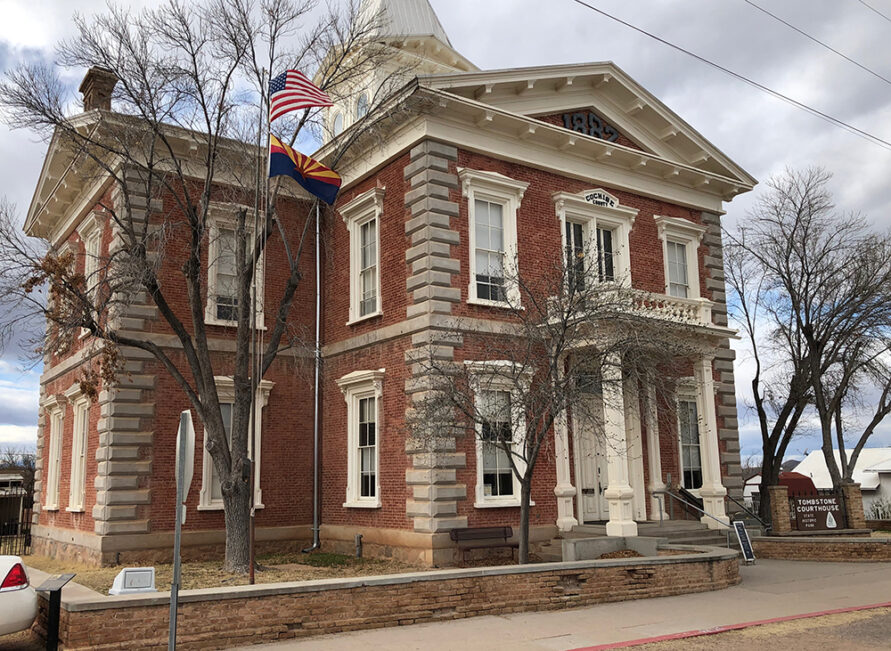
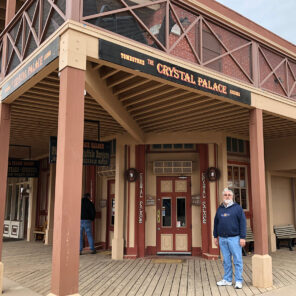
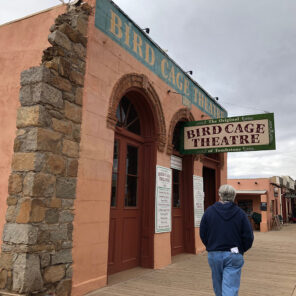
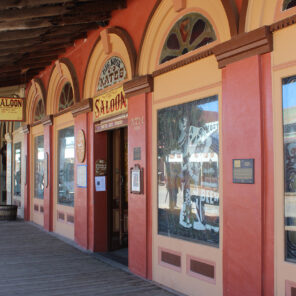

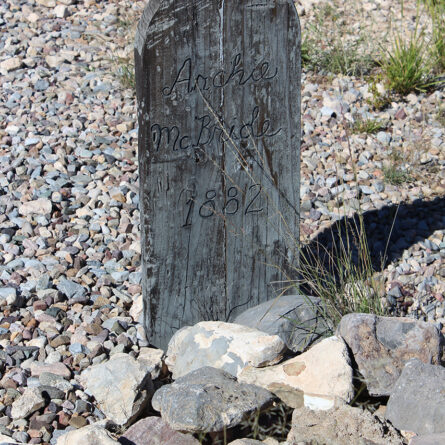
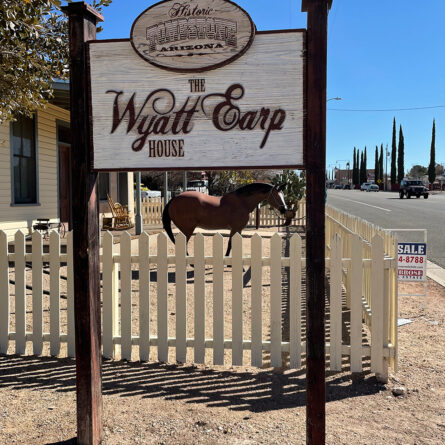
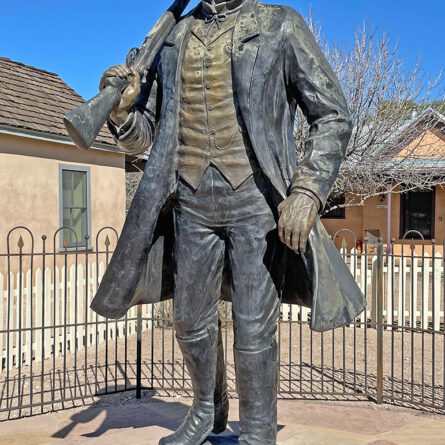
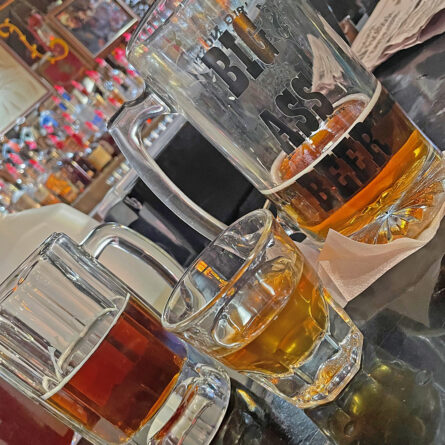
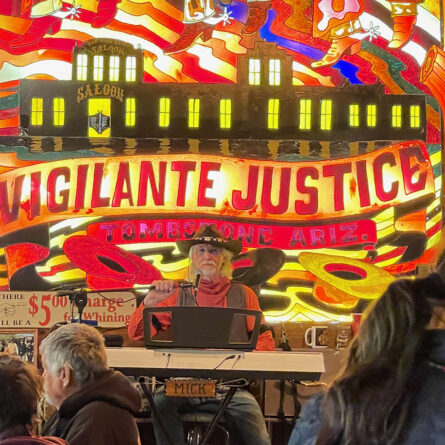
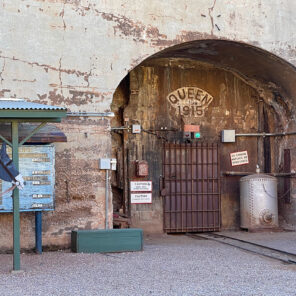
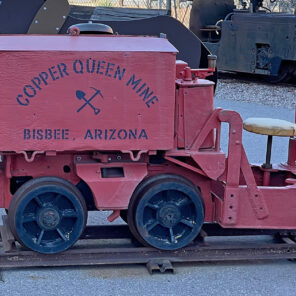
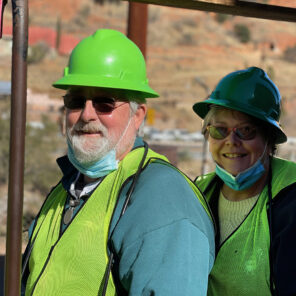

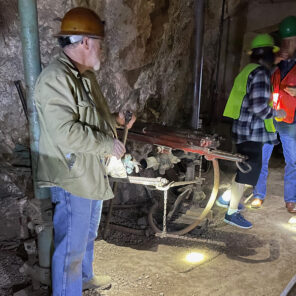
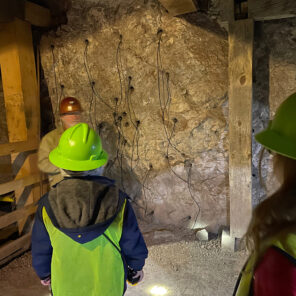
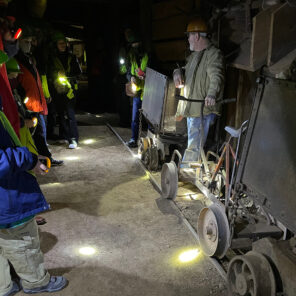
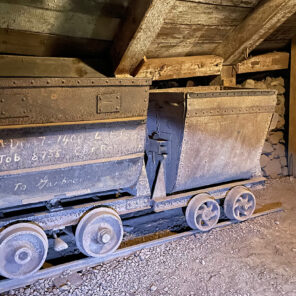
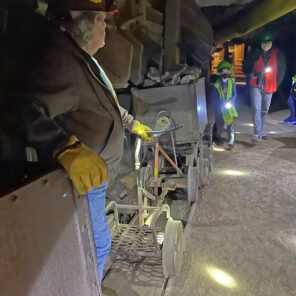


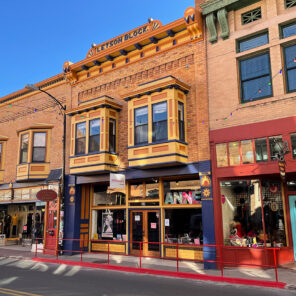

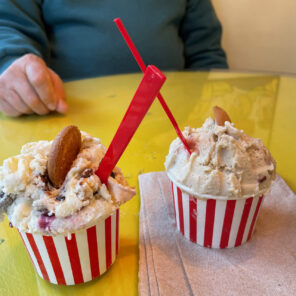
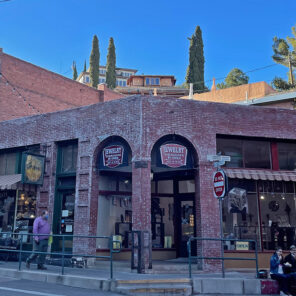
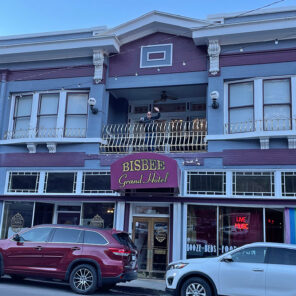
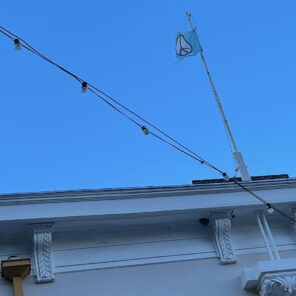
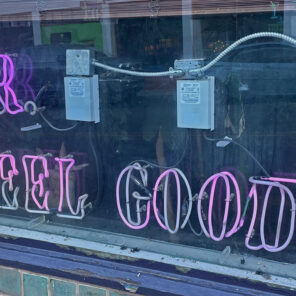

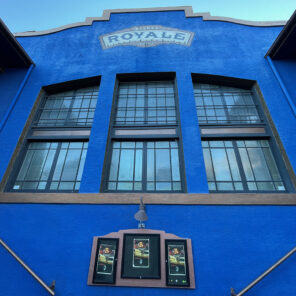
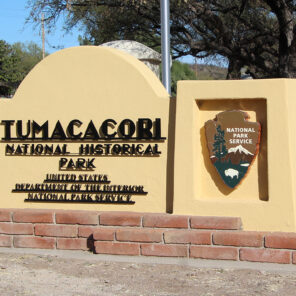
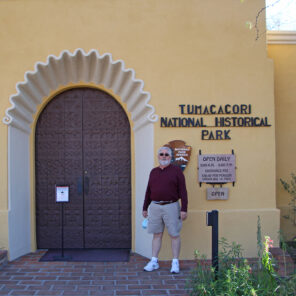
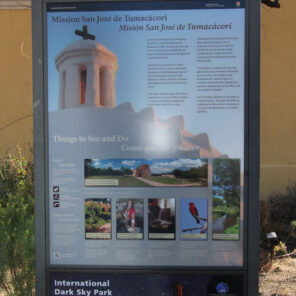
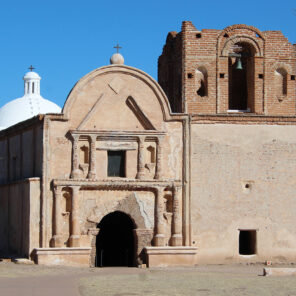
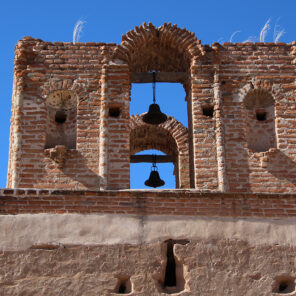
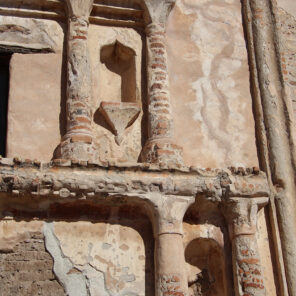
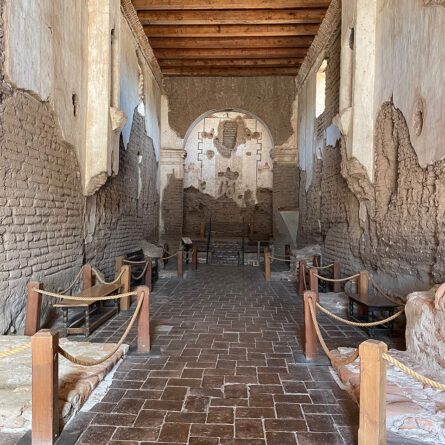

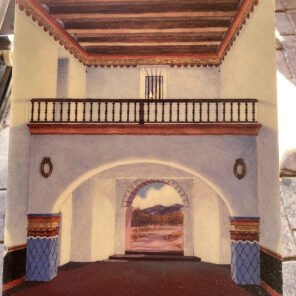
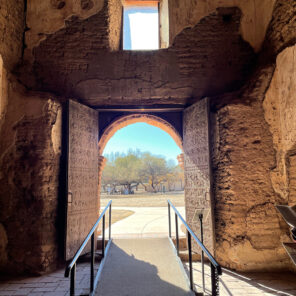
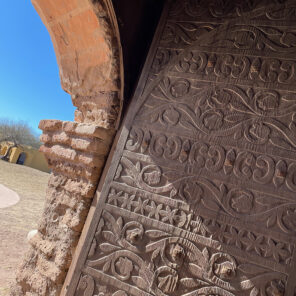
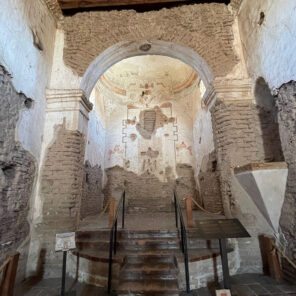


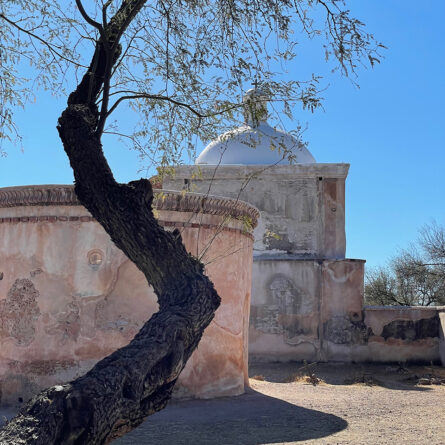



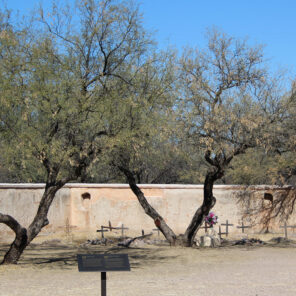
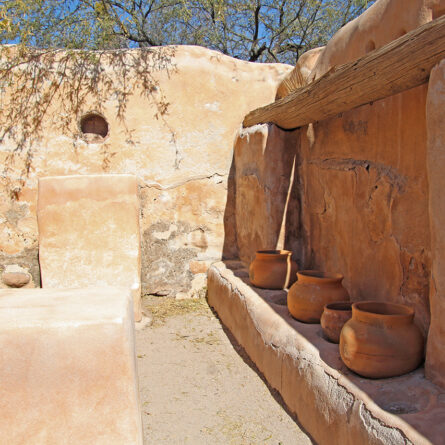
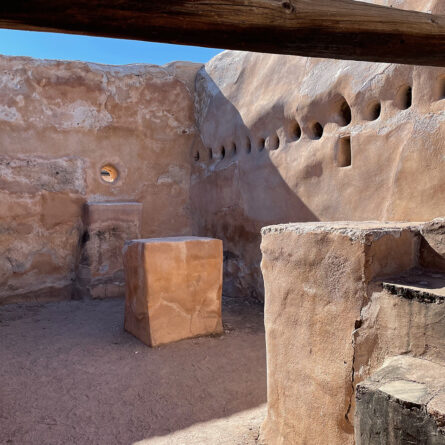
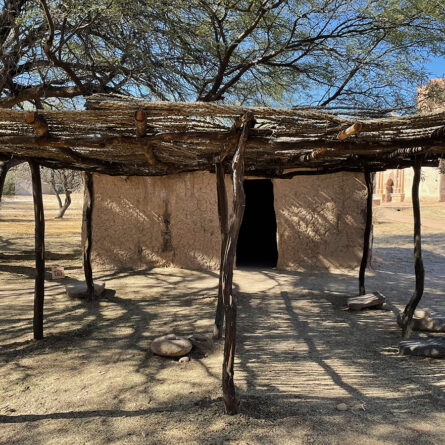

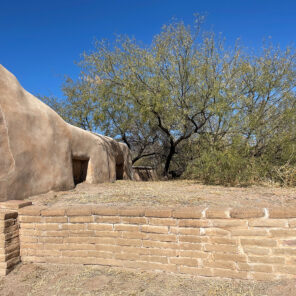
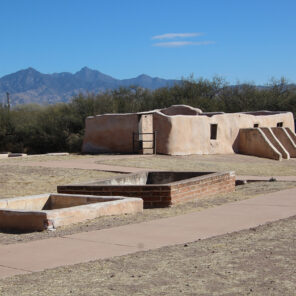
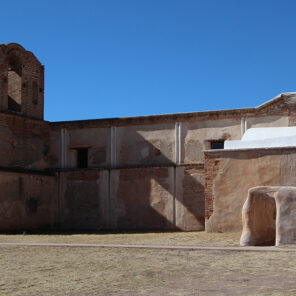
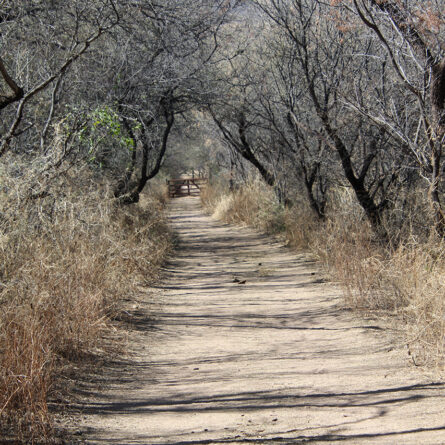
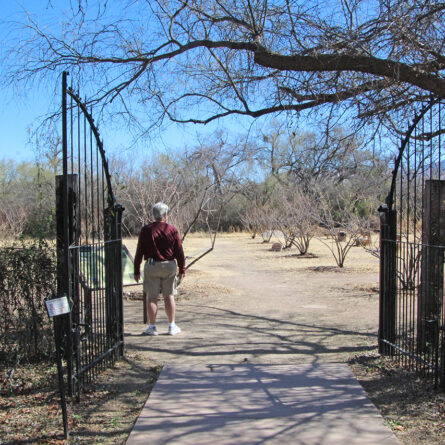
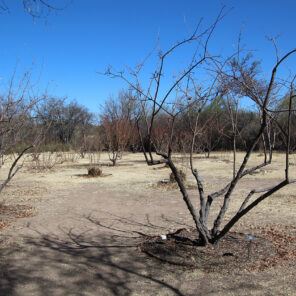
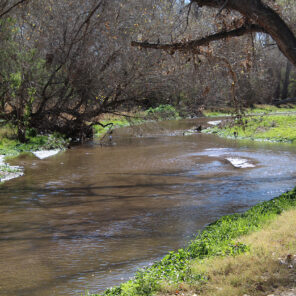
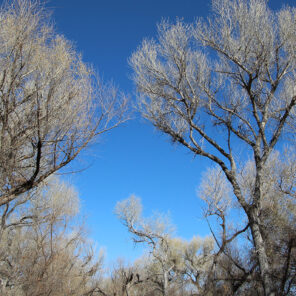


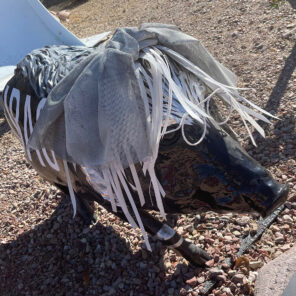






Comments are closed here.